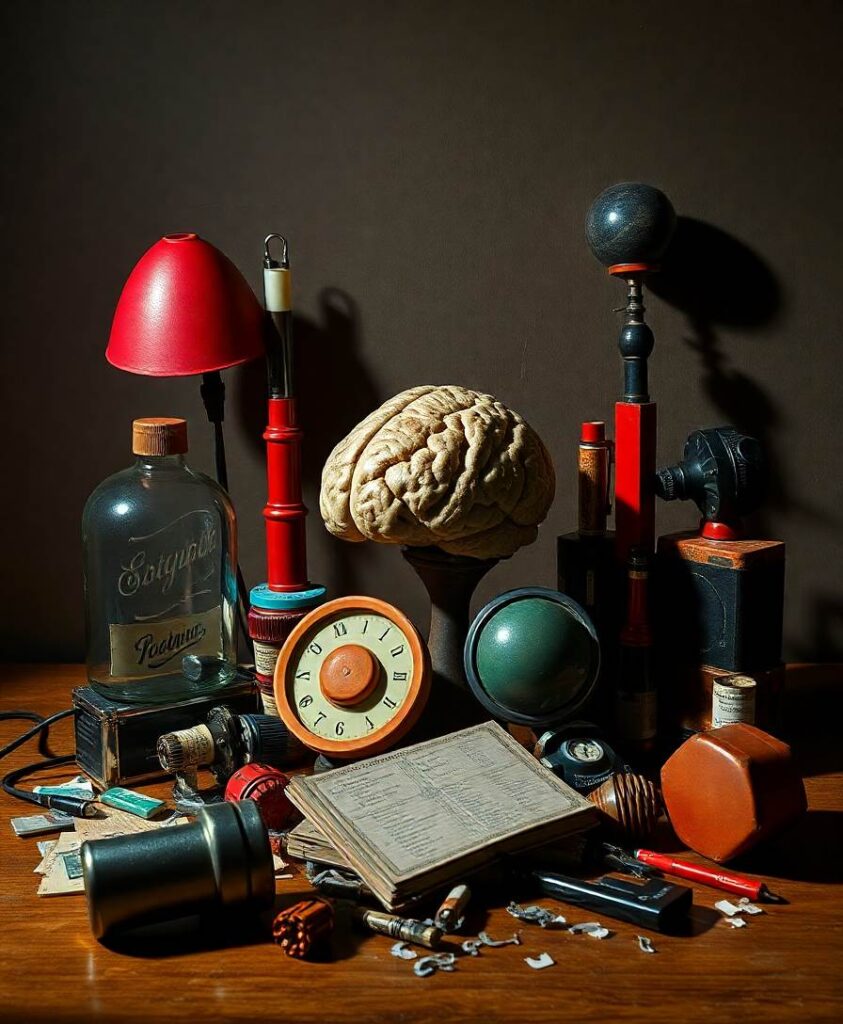The authors propose a different way to think about these interactions, grouped under the BELIEF label, and they explore how this framework maps onto real neural activity. For readers curious about how neurons align across brain areas when we focus on something, the paper ties circuit motifs to functional outcomes like signal amplification and selective routing. This connects mechanistic neuroscience to questions of how attention improves perception and learning.

Why this matters for human potential: models of brain function shape how we design education, assistive technologies, and therapies that rely on attention and sensory processing. If the brain operates under principles better captured by BELIEF, the implications reach from classroom practices to clinical tools that aim to boost focus or rehabilitate perception. Follow the link to see the specific circuit signatures that shift the debate and to consider how a revised theory could open new paths for inclusive, evidence-driven interventions.
Perceptual experience depends on recurrent interactions between lower and higher cortices. One theory, predictive coding, posits that feedback from higher to lower brain regions decreases neuronal activity predicted by higher-level representations. Despite the widespread adoption of predictive coding in neuroscience, the correspondence to neurophysiological findings in sensory cortices remains elusive. Here, we review how the canonical patterns of intra- and inter-cortical interactions that occur during perception and shifts of attention deviate from those predicted by predictive coding. We argue that these circuit interactions are better captured by alternative theories, which we summarize under the umbrella term BELIEF. We review how BELIEF theories account for the inter-areal interactions during attentive perception.


